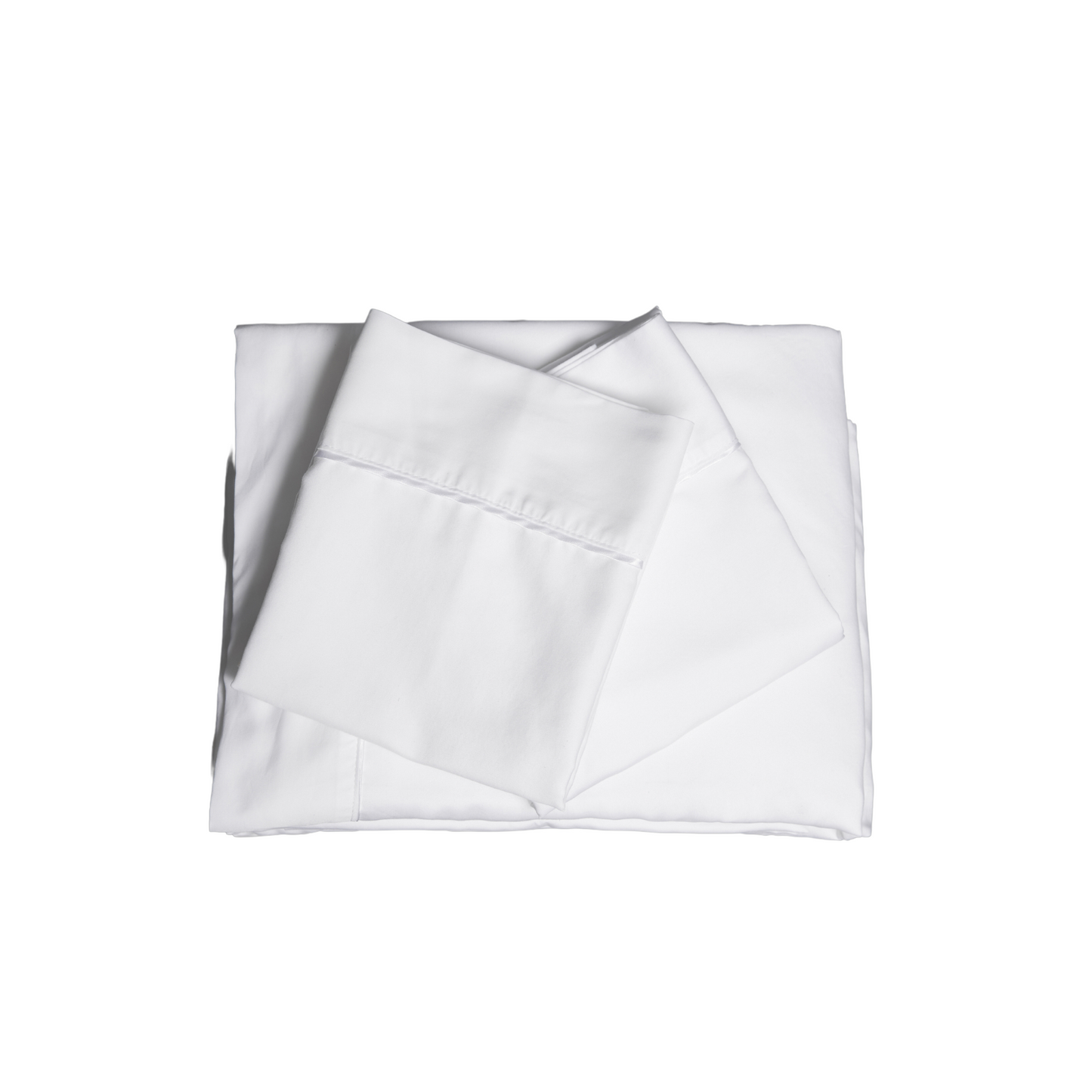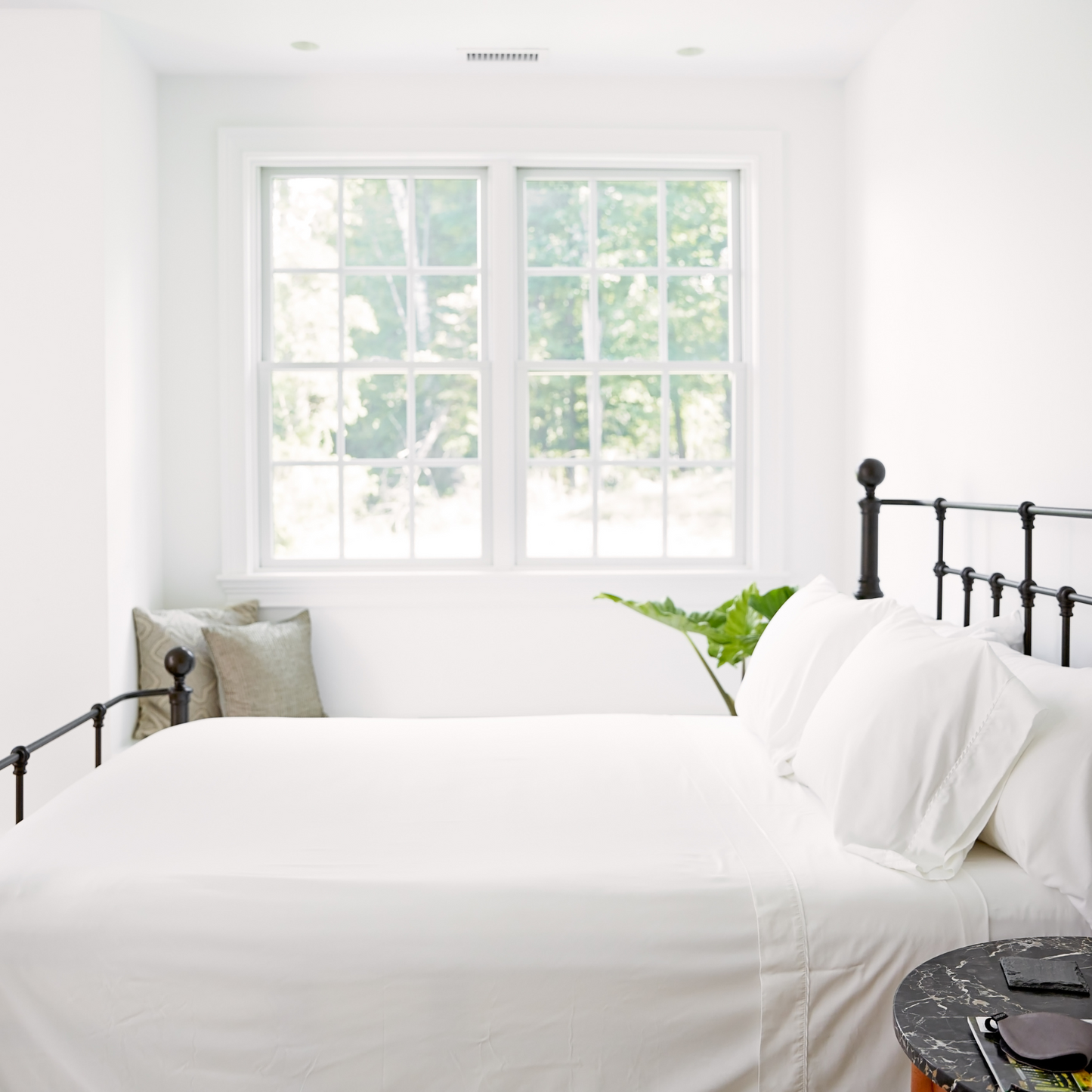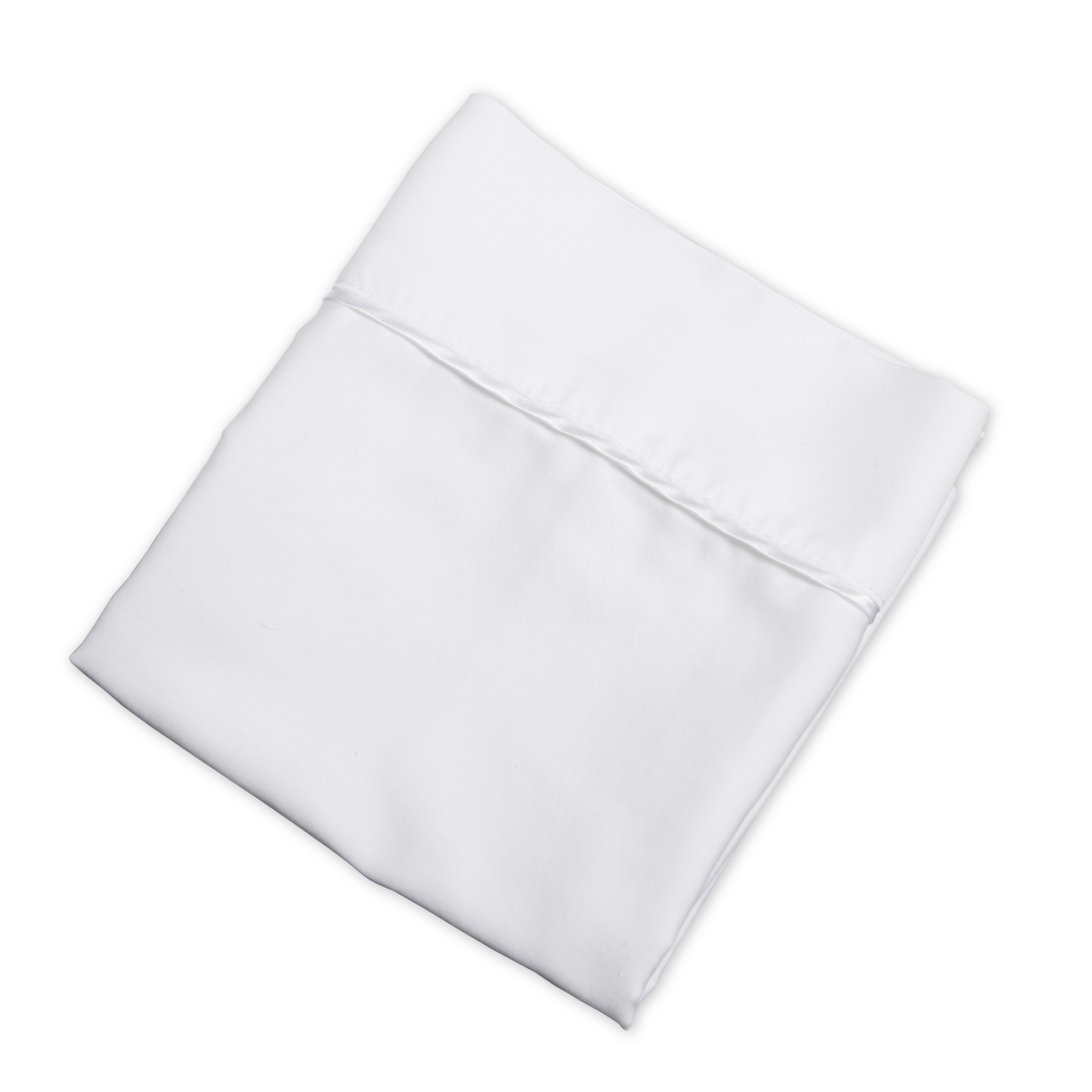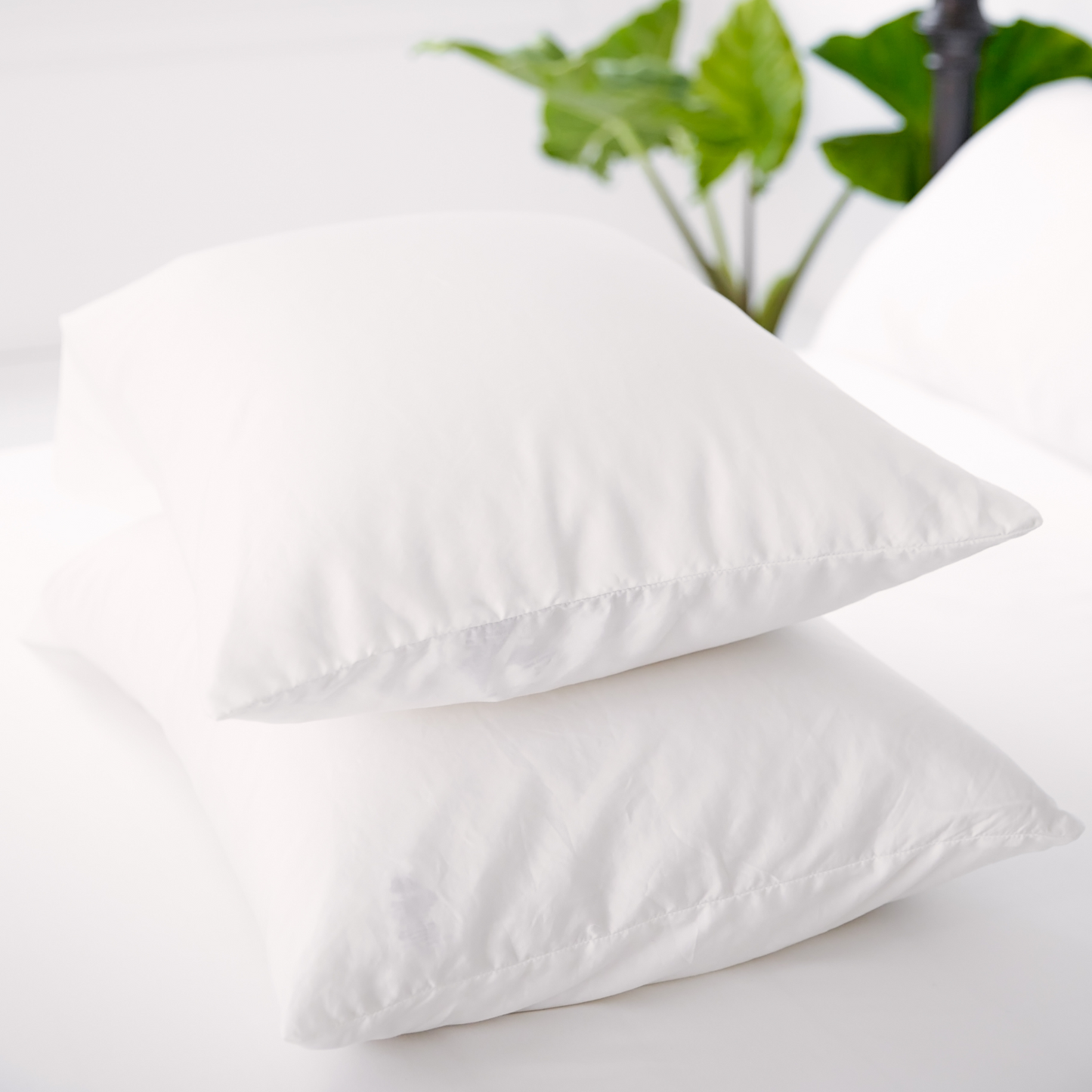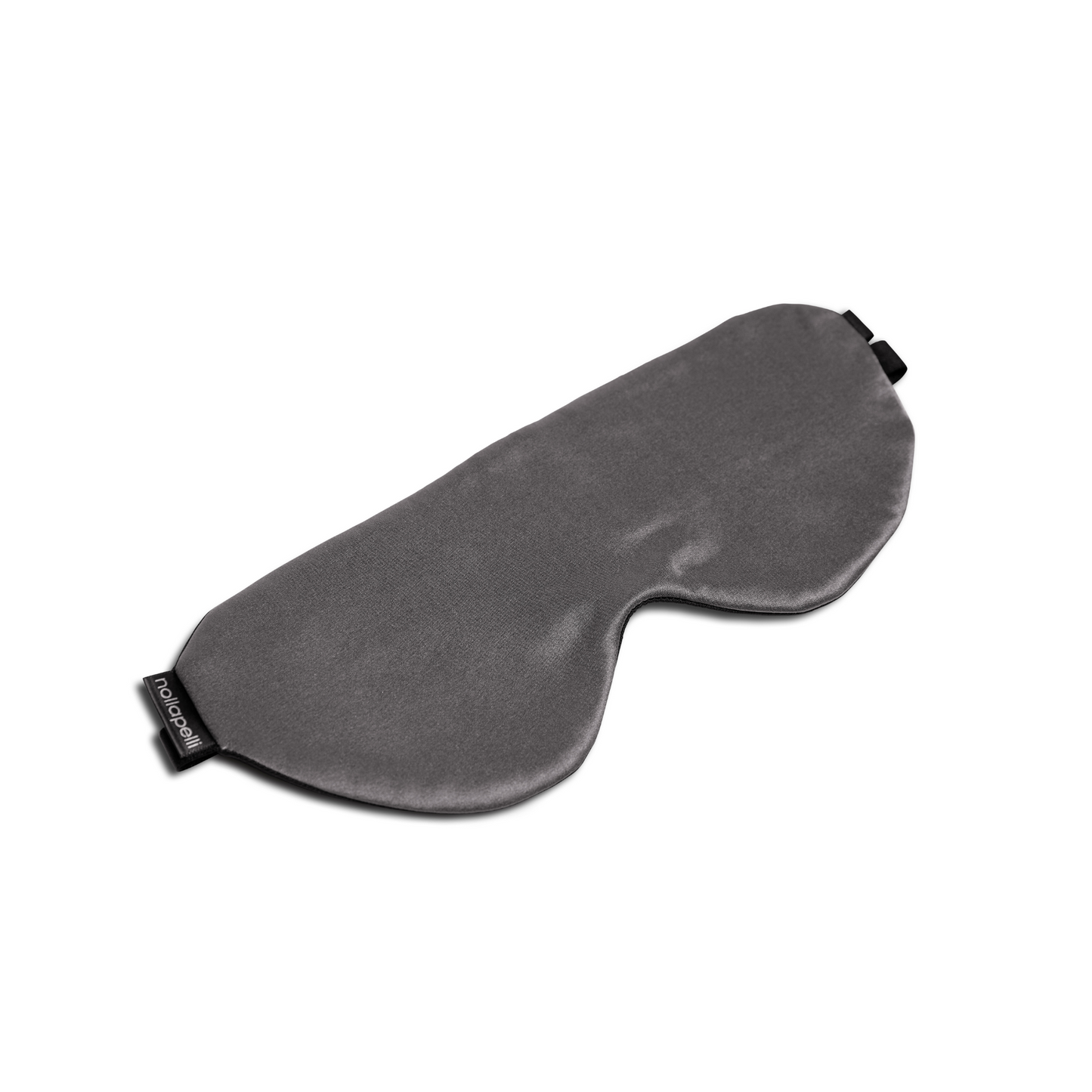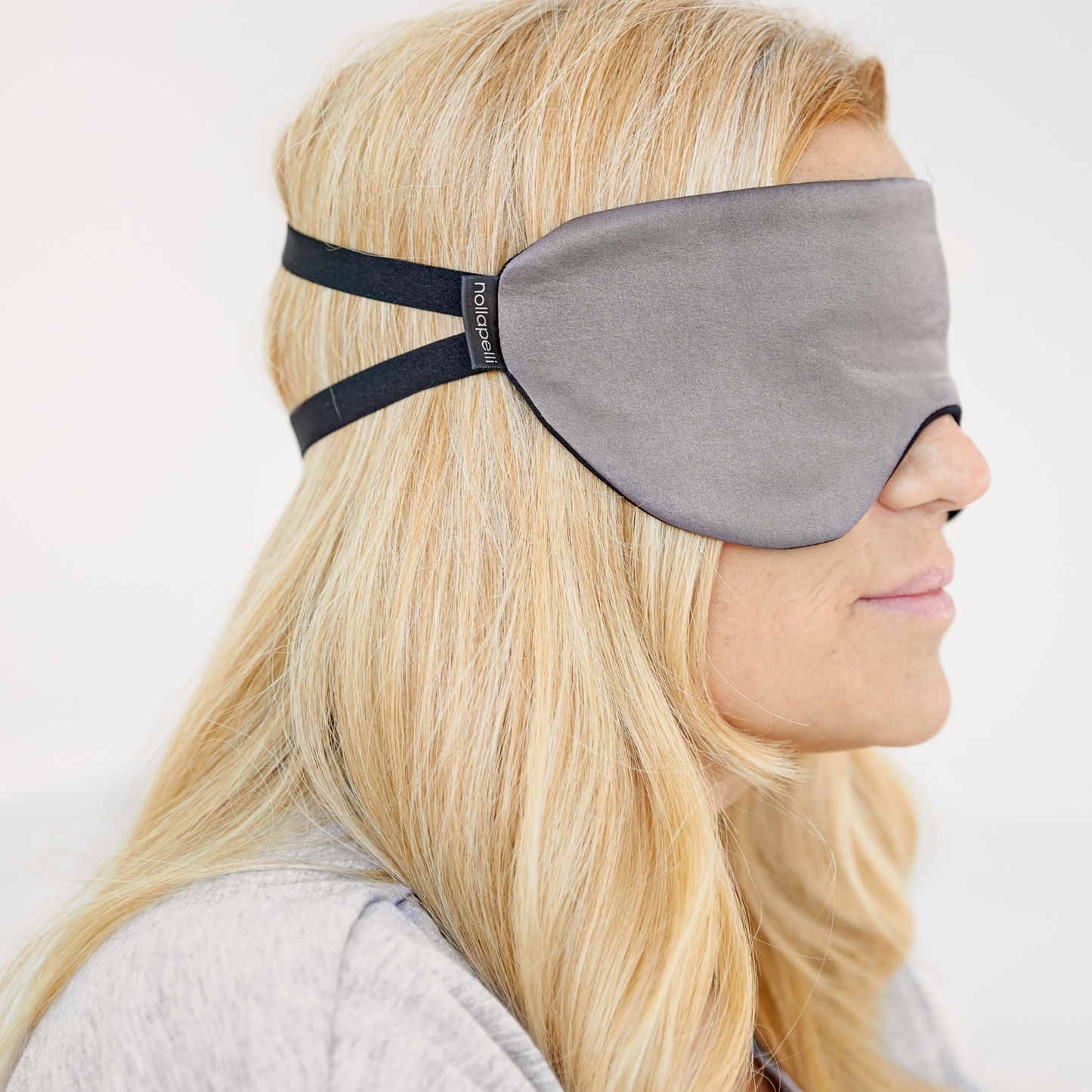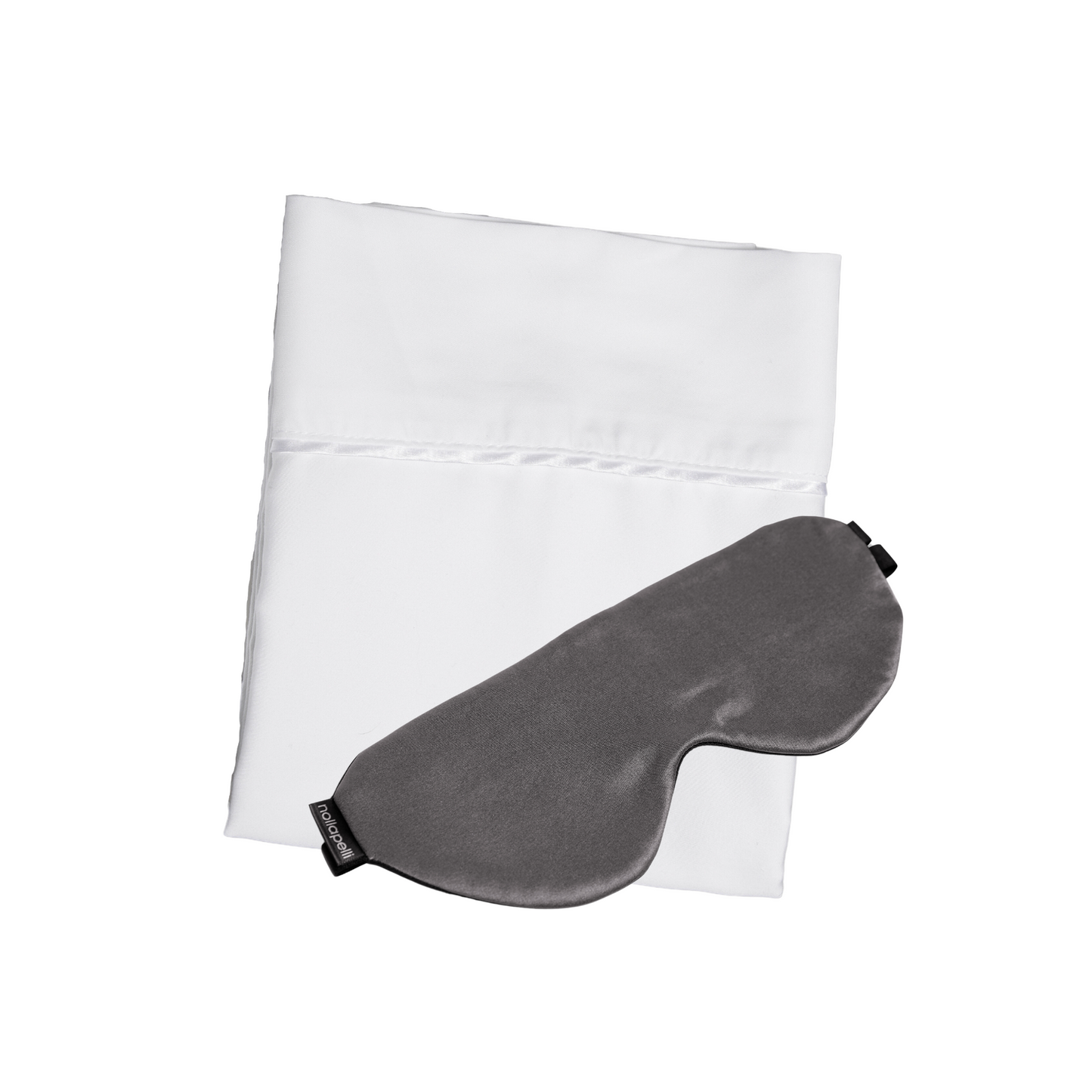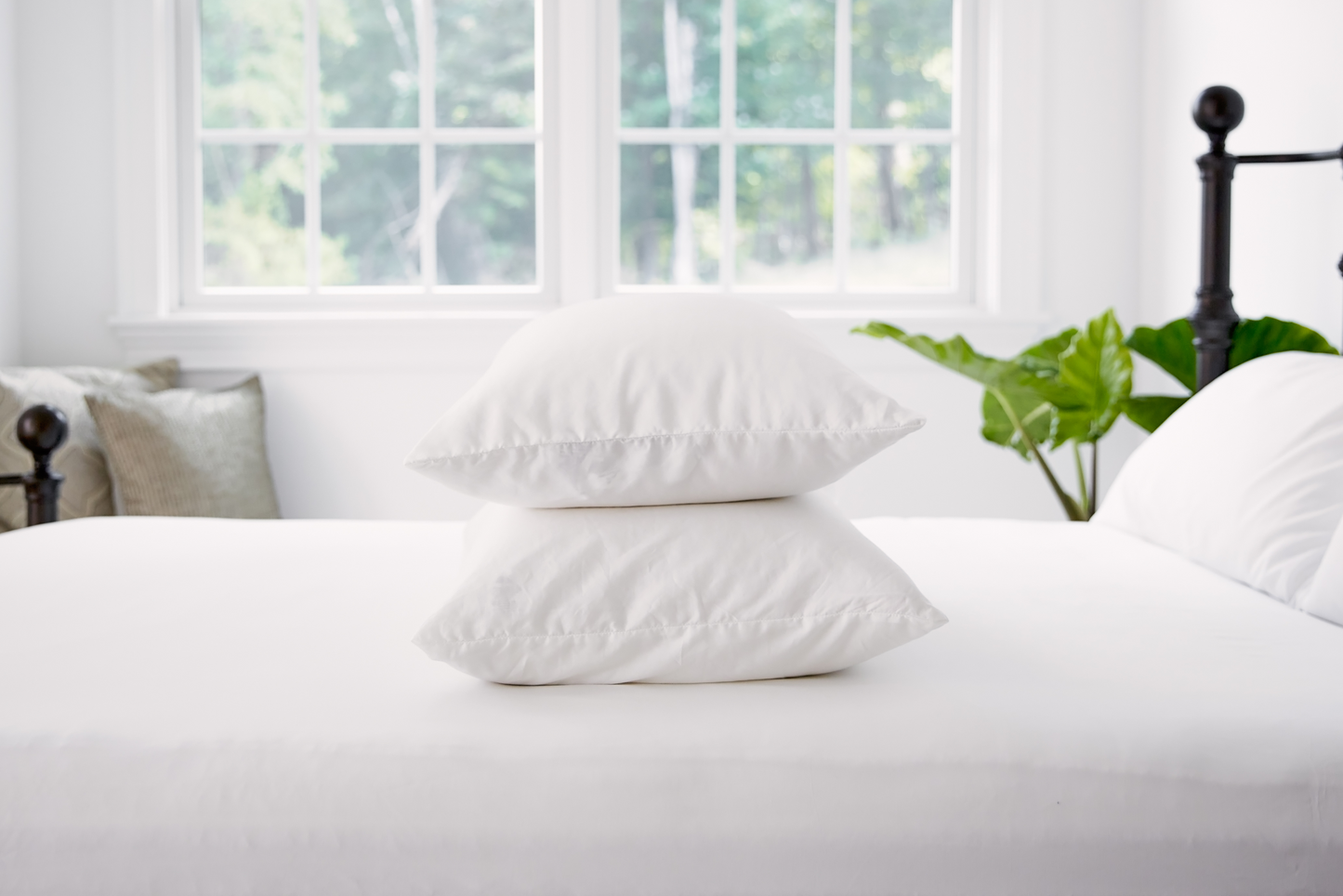
We spend approximately one-third of our lives sleeping.
While this statistic may seem depressing to some, sleep is crucial to maintaining our health, well-being and overall function.
Sleep affects every organ in the body, including the brain. Sleep restores our energy levels and is a time for the body to heal. Our skin also restores itself during sleep by rebuilding and repairing damage.
If we spend one-third of our lives in contact with our pillowcase, it is clear that the fabric we choose for our pillowcase is important. In fact, choosing the wrong pillowcase for acne-prone skin can lead to more breakouts, not to mention more sleep lines, wrinkles, and frizzy hair.
Continue reading to learn the different types of fabrics used in pillowcases, why pillowcase fabric matters, and which fabric we think makes the very best pillowcase for skin, hair, and sleep.
Types of Fabric Used in Pillowcases
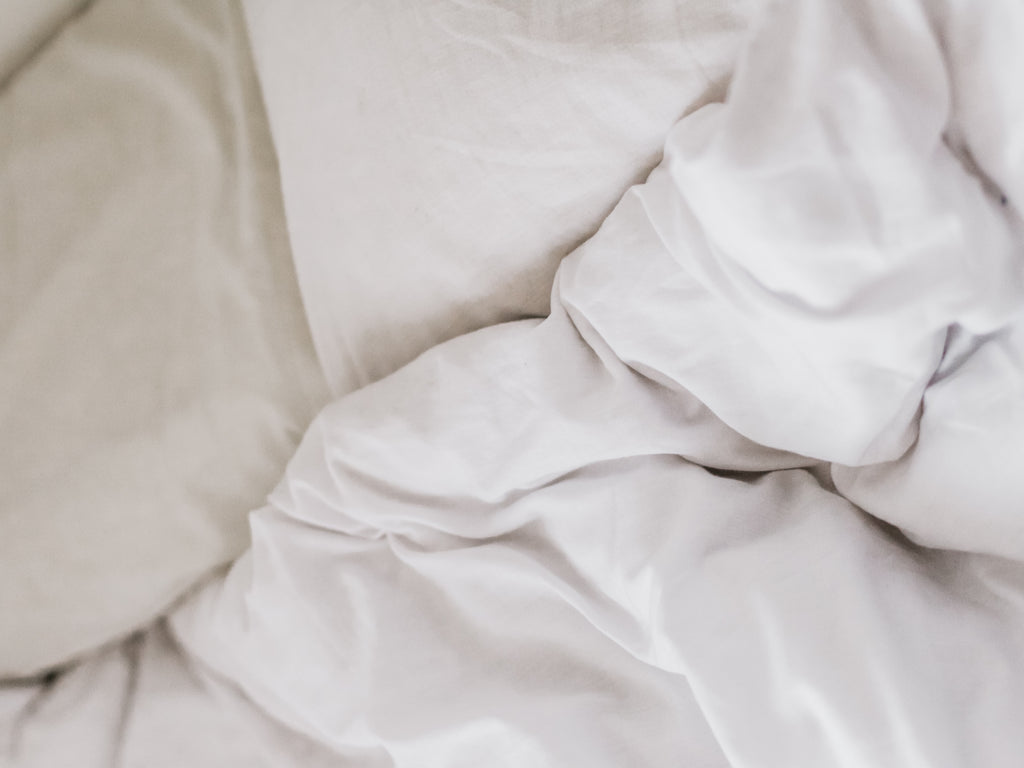
Natural
Natural fabrics, such as cotton, flannel, and linen, are soft, extremely absorbent fabrics. Cotton, for example, has the ability to absorb up to 27 times its weight in water and hold onto it. This is because cotton is mostly comprised of cellulose, a hydrophilic (water-loving) polysaccharide.
While highly absorptive fabrics come in handy for your bath towels, these natural fabrics might be some of the worst to use for your bedding. Our bodies naturally lose moisture and oils as we sleep, which end up being absorbed into our pillowcase. This causes friction and our skin sticks to the fabric, which can lead to creases and over time, more lines and wrinkles. Also, the buildup of sweat and oil in the fabric can cause or worsen acne.
Silk and Satin
Silk is a natural protein fiber that is obtained from the silkworm. In fact, over two thousand silkworms are killed to produce one pound of silk! It is a light fabric that is very slippery, which aesthetically is not always appealing, plus it is an expensive and high maintenance fabric, requiring hand washing, air drying, and ironing.
A common misconception is that satin fabrics are made of silk. Satin is actually a weave in which the threads of the warp are caught and looped by the weft fibers at certain intervals. While some satin weaves are woven with silk, most satin fabric is made from polyester.
Synthetic
Synthetic fabrics, such as nylon and polyester (aka microfiber), have a much lower water absorption than natural fabrics. These types of fabrics wick moisture, but can sometimes overwick, leaving hair and skin dry.
Why Pillowcase Fabric Matters
Due to the amount of time an average person spends sleeping, pillowcase fabric matters. If you're getting the recommended 7-8 hours per night, that's over 200 hours of facetime with your pillowcase every month!
Choosing the best pillowcase fabric -- one that is made with your sleep, skin, and hair in mind -- can help ensure you are getting your best rest and waking up ready to face your day.

